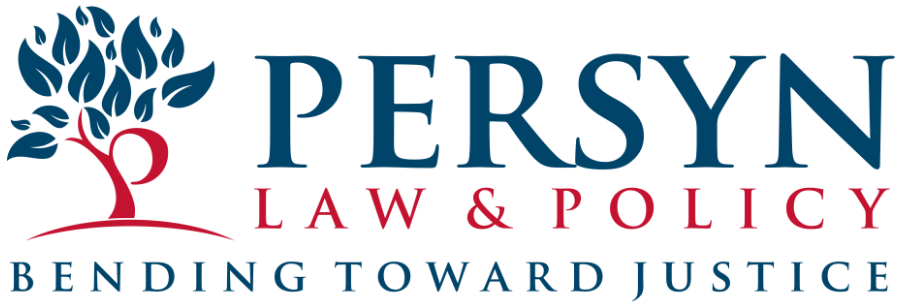Third installment in Persyn Law & Policy's retrospective on the Blue Ribbon Panel
The Blue Ribbon Panel on Transparency, Accountability, and Fairness in Policing held a second public hearing on February 22, 2016. District Attorney George Gascón and Police Chief Greg Suhr were among the witnesses. The hearing featured spirited public comment. The San Francisco Chronicle had the story:
D.A., police chief at odds over ‘old boys’’ SF police culture
By Vivian Ho,Updated 6:00 am, Tuesday, February 23, 2016
San Francisco District Attorney George Gascón and Police Chief Greg Suhr were once again at odds on Monday, this time in their differing testimonies in front of the district attorney’s blue-ribbon panel investigating police bias and misconduct.
In his first time in front of the panel, Suhr denied that there was an “old boys’ club” culture causing problems within the department. He maintained that the department was doing its best to diversify and train officers in recognizing implicit bias in order to have a more inclusive, racially sensitive force.
“Within every profession there is a culture, and within every profession, there is the feeling that there is more in than out,” Suhr said. “The Police Department is no different. I would say that some of that is not genuine, and some of it might be true, but as far as my administration, we try to be inclusive of everybody.”
In contradiction to Suhr’s testimony, Gascón said that in his interactions with the department when he was chief in 2009, he found the department suffering from an insular mentality that manifested itself in the treatment not just of other officers seen as different within the department, but also of certain communities of color. His testimony supported that of Sgt. Yulanda Williams, president of Officers for Justice, who testified last month as the only other active duty officer to come before the panel.
“Most of the command staff were born and raised in the city,” Gascón said. “Many went to the same schools. There was a tremendous amount of camaraderie, which is good in one way, and in another way, there was a really tight-knit structure that precluded an objective look into the organization.”
He noted that he was “much more worried today” about the state of the Police Department than he was in 2009. He voiced particular concerns around the police union, which he says “influences the ability for a chief of police or frankly even a police commission to effectuate reform.”
Former California Supreme Court Associate Justice Cruz Reynoso, one of three retired judges on the panel, echoed Gascón’s concerns. He said he believed that the San Francisco Police Officers Association was trying to intimidate officers into not participating in the panel’s efforts. In particular, after Williams provided tearful statements about her experiences — she recalled hearing about a lieutenant asking a black officer why he was wearing “n—” jewelry — the union president wrote a scathing public letter denouncing her claims.
“When I read (that letter), I said, ‘They’re trying to intimidate the people so that nobody else will make those statements,’” Reynoso said.
Monday’s testimony came after Gascón accused Suhr and the police union of engaging in what he described as “a dizzying array of stonewalling tactics” when it came to cooperating with the panel. Both Suhr and the San Francisco Police Officers Association responded that they were cooperating and will continue to cooperate in the future.
Union President Martin Halloran said in a letter earlier this month that the union has been working with all seven of the panel’s working groups.
The blue-ribbon panel was formed by Gascón in May to look into potential racial bias and misconduct within the department, in light of racist text messages that were exchanged by 14 officers and emerged last year.
